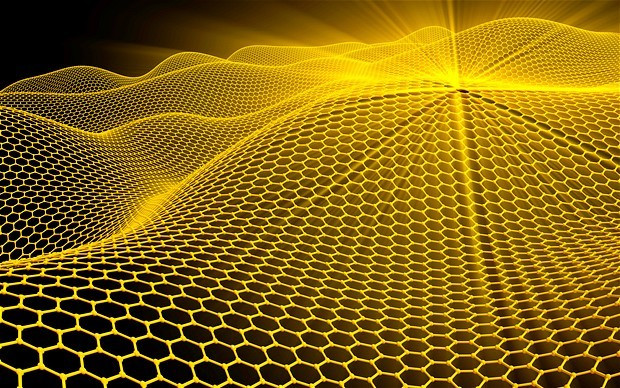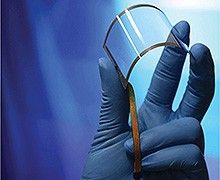Samsung Graphene Discovery Brings Flexible Display Smartphones Closer

Samsung has announced a breakthrough method to commercialise the production of graphene, a discovery that could lead to truly flexible smartphones and electronic devices.
Samsung Advanced Institute of Technology (SAIT), in partnership with Sungkyungkwan University's School of Advanced Materials Science and Engineering, claims to have developed a way of synthesising "large area, single crystal wafer scale graphene" through a process called "multi-crystal synthesis".

While previously known to be possible, previous efforts to synthesise graphene in this way resulted in the material losing most of the electric and mechanical properties that make it so unique.
"This is one of the most significant breakthroughs in graphene research in history," said the laboratory leaders at SAIT. "We expect this discovery to accelerate the commercialization of graphene, which could unlock the next era of consumer electronic technology."
Revolutionary potential
Since being discovered in 2003, graphene has been hailed by many as a revolutionary substance. 200 times stronger than steel, more conductive than copper and as flexible as rubber, the list of graphene's commercial applications is vast.
What is graphene?
Graphene is a one atom thick material made of carbon atoms arranged in a honeycomb lattice. Despite its minute thinness, the discovery of graphene at the University of Manchester in 2003 earned Andre Geim and Konstantin Novoselov the Nobel Prize in Physics due to its outstanding properties.
Samsung believes that graphene is "the perfect material for use in flexible displays, wearables and other next generation electronic devices".
In relation to silicon, the most widely used material used in semiconductors today, graphene's performance could be "orders of magnitude better", according to Vincenzo Palermo from the Nanochemistry Lab at the Institute for Organic Synthesis and Photoreactivity (ISOF) in Italy.
"Graphene will allow information processing and communication to reach a new level of diffusion in our life," Palermo tells IBTimes UK. "Using low cost devices, transparent flexible displays and touch screens, we will have the possibility to include data and information in virtually any aspect of everyday life."
The results are set to be published in the 4 April issue of Science Magazine and Science Express, a subsidiary of the prestigious journal Science.
© Copyright IBTimes 2025. All rights reserved.






















